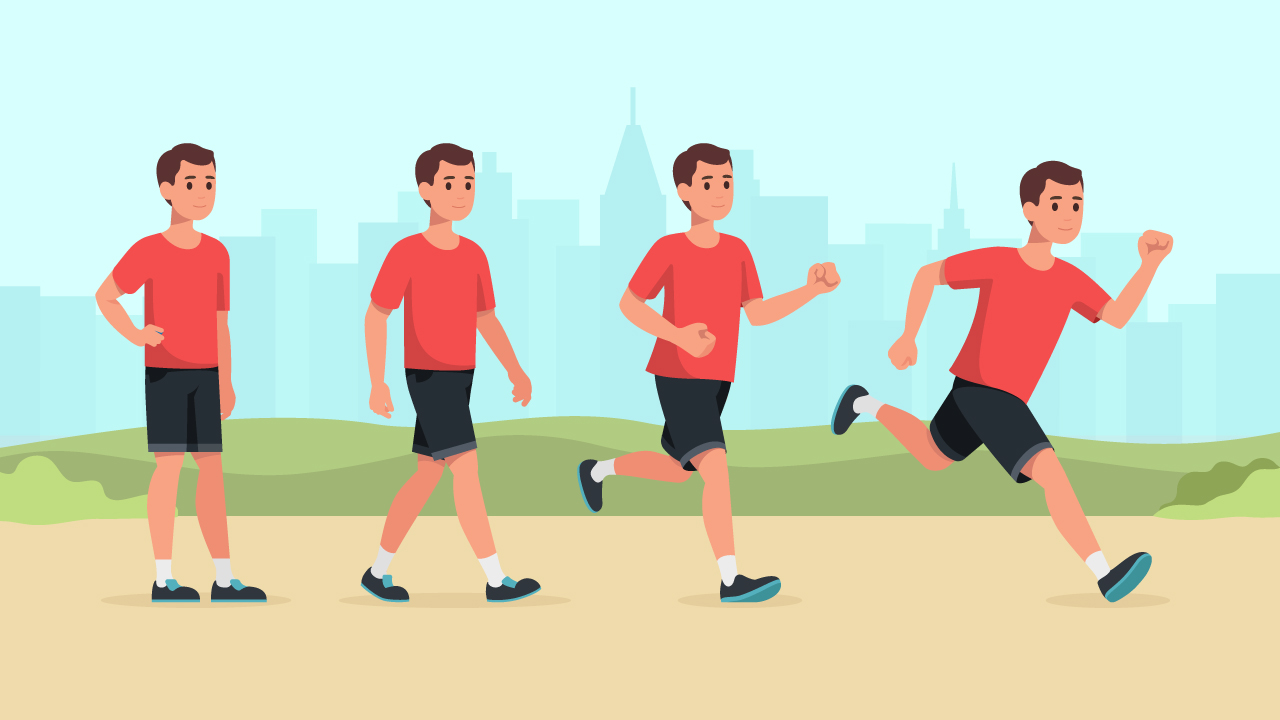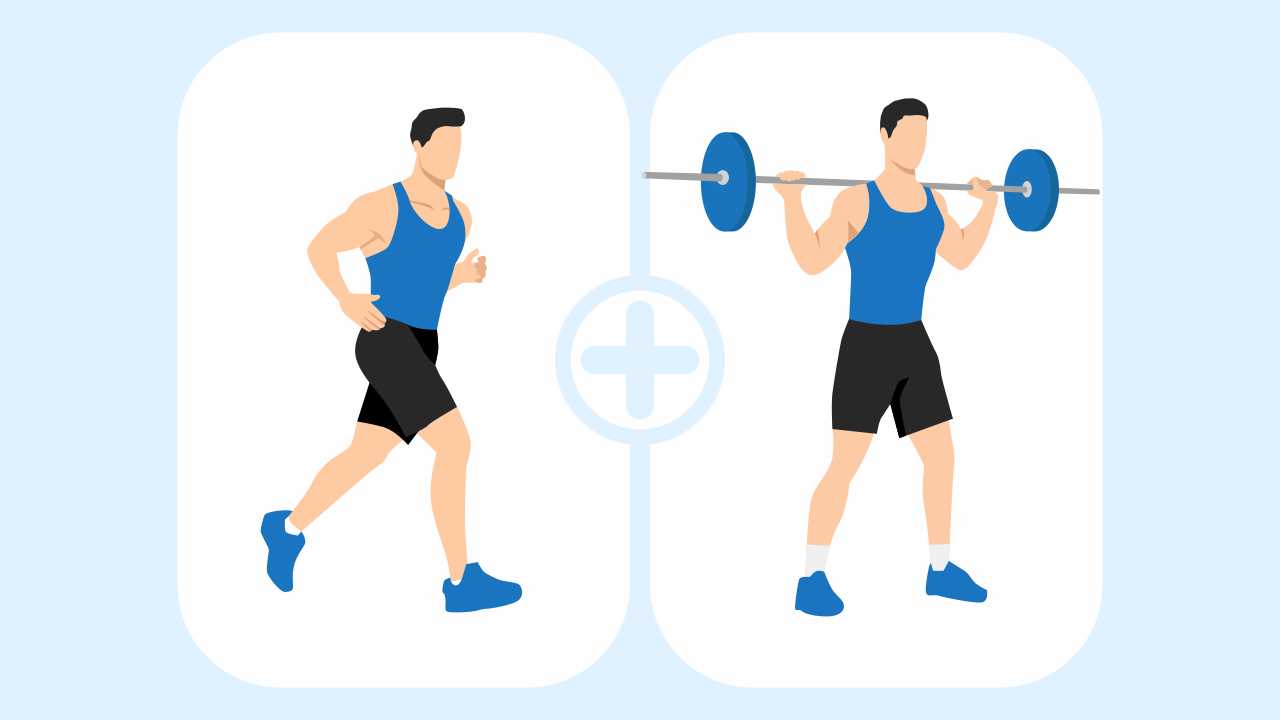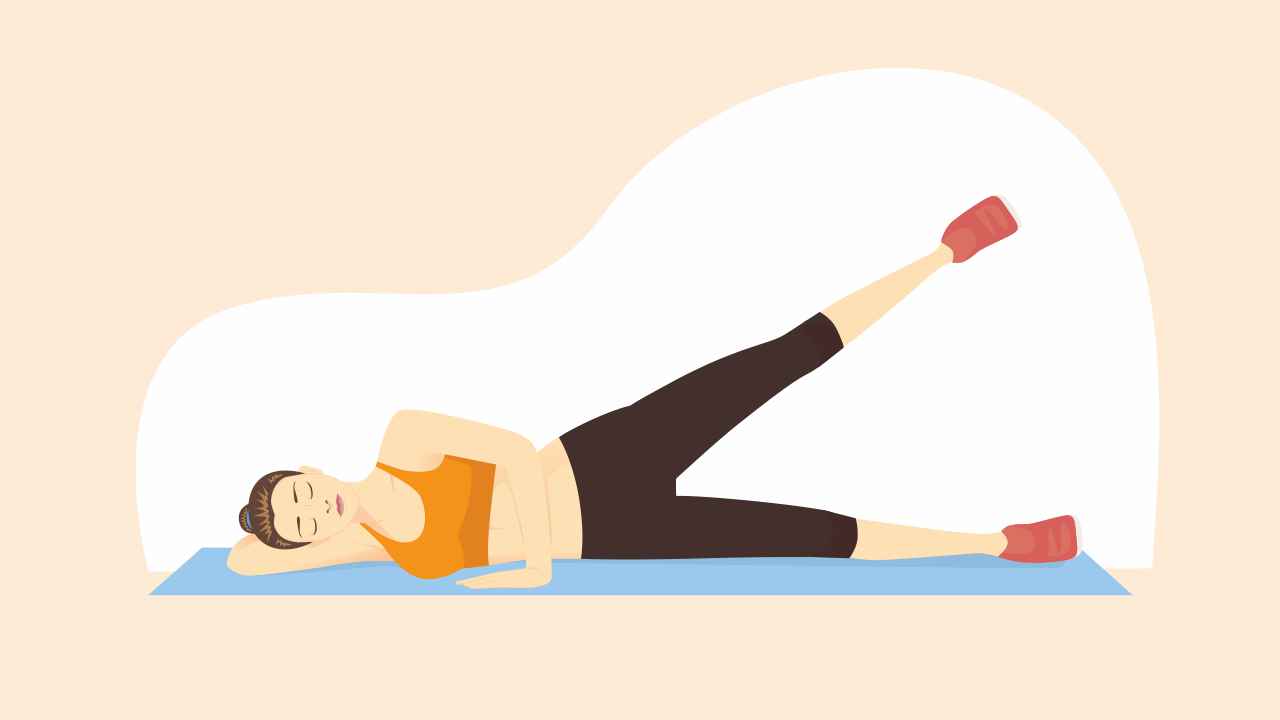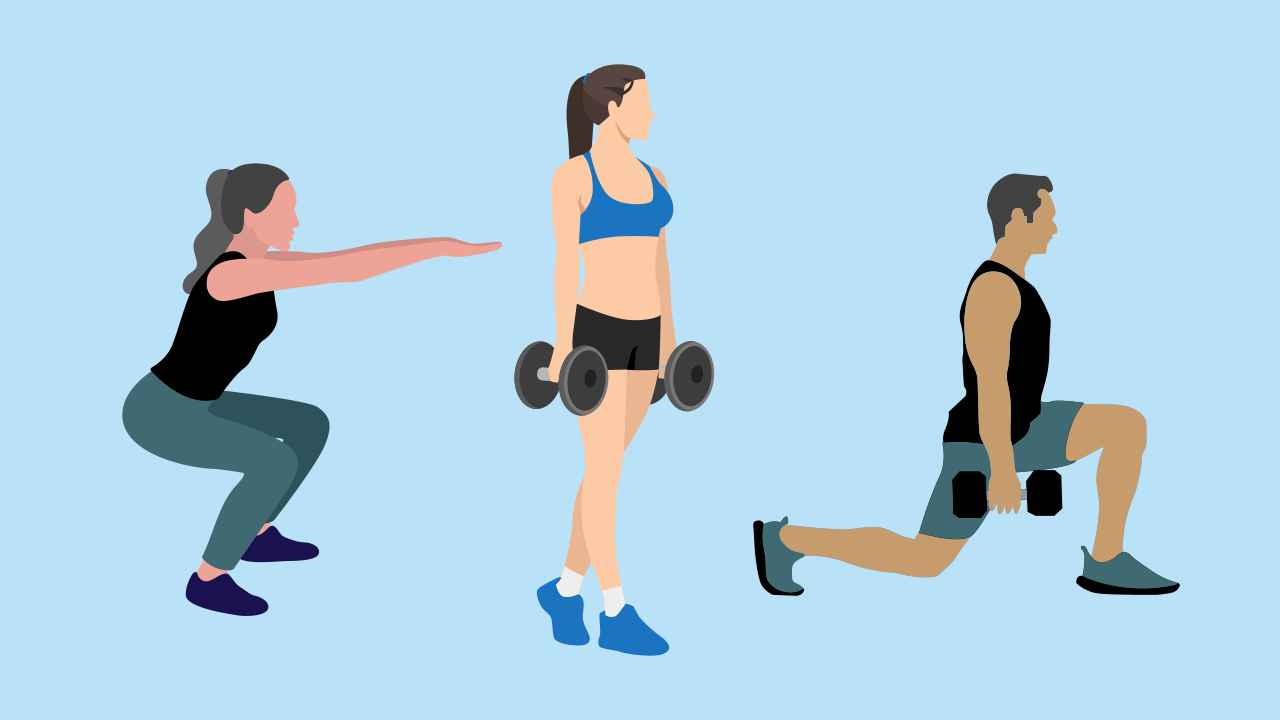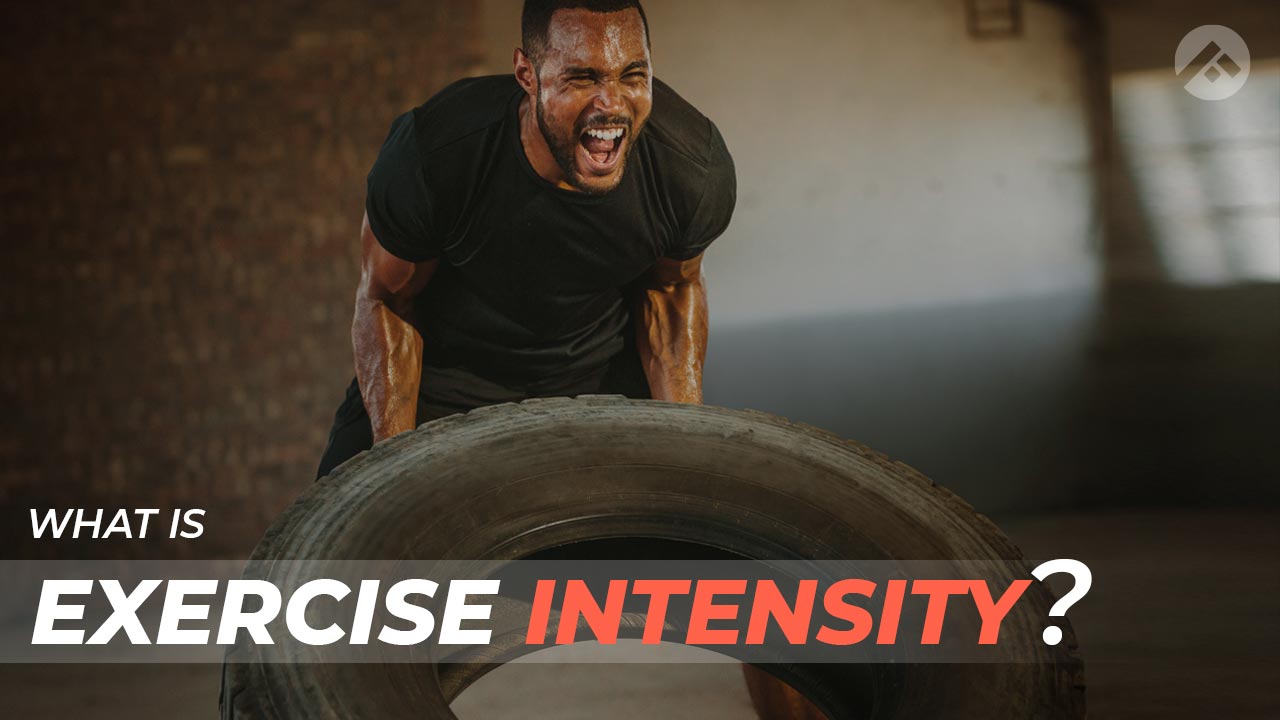
Muscle-building and Fat Loss: Planning a Workout for Beginners
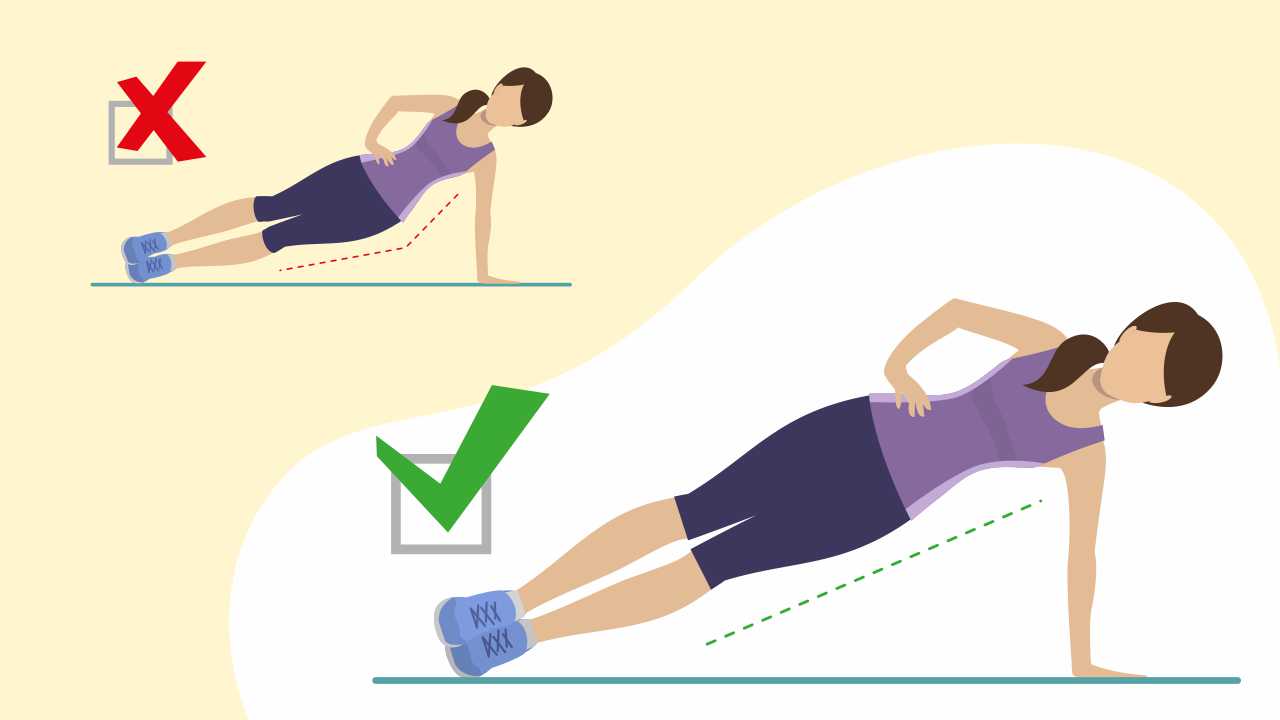
Have you been looking for an exercise program that helps you lose fat as well as build muscle? If you are a beginner and new to exercise, muscle-building and fat loss can be achieved with the same workout if it is designed the right way.
Workout is like a good meal
Designing a workout is much like cooking a meal; all the ingredients need to be correctly added at the appropriate time for a delicious outcome. However, if proper ingredients are not used, or are added haphazardly, the meal would not be edible.
When it comes to designing an exercise program, the ingredients are its variables. How the variables are organized and applied will determine the outcome of the workout.
Variables of an exercise program
The different variables of an exercise program design are:
Exercise selection
Exercise is a function of movement, and for best results, exercises should be based on the fundamental patterns of human movement.
It is essential to choose the appropriate workouts for a program. For instance, different workouts like hip-hinging, squats, or deadlifts, single-leg actions like lunges or step-ups, pushing in front of the body and overhead, pulling in front of the body and overhead, and rotating, involve the hips and shoulders moving at the same time. Each of these movement patterns will use multiple muscles at the same time. The body expends about 5 calories of energy to use 1 liter of oxygen, and when more muscles are involved in an exercise, the amount of oxygen consumed increases, resulting in a greater caloric expenditure. Using movement-based exercises will allow you to burn more calories while engaging the fibers responsible for improving the definition of your muscles.
Intensity
Intensity is the amount of weight used. When starting an exercise program, it is good to begin by just using your body weight. As you become stronger, you can start using external resistance like free weights or machines.
Also watch: What Is Exercise Intensity?
Repetitions (reps)
Reps involve the actual movement of the resistance. There are two phases of repetition: muscle lengthening (eccentric muscle action) and muscle shortening (concentric muscle actions). The number of repetitions will dictate how many times to perform an exercise. In the case of an isometric exercise (like planks), there is no joint movement, but the muscle fibers are shortening, so they are working.
Also read: What Are the Ideal Reps and Sets for Your Training Goal(s)?
Another way to do repetitions is to set a timer, usually between 20 and 40 seconds, and complete as many reps as possible in the allotted time. Doing this is one way to increase overall oxygen consumption in a workout.
Rest interval
Rest interval is the amount of time to rest between each exercise. In general, the greater the intensity (heavier weight), the longer the rest interval. When it comes to exercise for the purpose of building muscle and burning fat, rest intervals should be kept very short, between 15 and 60 seconds. Shorter rest intervals will ensure that muscles continue using oxygen and burning calories.
Sets
Sets are a group of repetitions. There are two ways to organize sets, horizontal and vertical.
Horizontal sets
Horizontal means completing all sets of a particular exercise before moving to the next exercise in a workout. For example, completing three sets of bench press, resting between each set, before moving to three sets of biceps curls.
Vertical sets
Vertical sets refer to performing one exercise immediately after the other with minimal rest, also known as circuit training. For instance, completing a set of squats, then immediately performing a set of bench presses and transitioning to bent over rows for the back, and finishing with shoulder presses. Once completing all exercises, there’s usually a brief rest before starting the circuit again.
Designing the workout
To build muscle while burning fat, organize the variables of program design to perform vertical sets or circuit training. Circuit training allows you to increase oxygen consumption. This is because as the muscles involved in one movement pattern rest, those involved in another movement pattern work and consume oxygen. As muscles work to perform the exercises in the circuit, they improve strength and definition.
How do you ensure that you are working hard enough to build muscle while burning fat? You want to be breathing quicker than normal, but you should be able to say single words or short phrases without too much difficulty. It is an indication that your body is using fat as the primary energy source for the working muscles.
Circuit training with bodyweight exercises is perfect for someone starting an exercise program. It works multiple muscles, helping you to build muscle and burn fat simultaneously.
Sample bodyweight circuit for a beginner
This circuit is designed for a beginner with no equipment. To do this, set a timer for 30 seconds and try to complete as many reps as possible during the time. In the case of planks, hold the position for the entire time interval. Allow minimal rest between exercises, but rest for 60-90 seconds after completing all sets. Start with 2 sets; when you feel stronger, move to 3 sets. Once that feels easier, increase the time to 45 seconds per exercise. Do not rest between exercises. Rest 60-90 seconds after the entire circuit. Here are the different workouts and the steps to perform them.
1. Glute bridges (hinge movement)
Lie on your back, feet flat on the floor with knees pointed up to the ceiling. Contract your glute muscles to push your hips up to the ceiling while pressing your heels into the floor. Move at a steady pace, about 2 seconds in each direction.
Time for this exercise: 30 seconds
Sets: 1-4
2. High plank (push movement)
Hold yourself in the up position of a push-up; keep your feet hip-width apart and hands shoulder-width apart. Press your hands into the ground and squeeze your glute muscles to activate your core. Continue breathing while holding the position.
Time for this exercise: 30 seconds
Sets: 1-4
3. Leg raises (single leg)
Lie on your back, hold both legs up in the air with your knees bent; your knees should be over your hips. Slowly, lower one leg at a time until the heel touches the floor to increase the intensity and straighten your legs.
Tip: To use your abs, think about pulling your belly button into your spine as you lift each leg.
Time for this exercise: 30 seconds
Sets: 1-4
4. Side plank (push movement)
Lie on your left side with your left hand under your right shoulder; keep your legs squeezed together as you push your right hip up towards the ceiling, pressing your hand down while pushing your hips up will activate your core muscles. Repeat on both sides.
Time for this exercise: 30 seconds (on each side)
Sets: 1-4
5. Quadruped T-spine rotation
Start on your hands and knees, placing the hands under your shoulders and knees under your hips. Keep your right hand behind your head and lower your right elbow down towards the floor. Pull back on the right shoulder while pressing your left hand into the ground to return to the starting position.
Time for this exercise: 30 seconds (on each side)
Sets: 1-4
6. Reverse lunges (single leg)
Stand with feet hip-width apart, step backward with the right leg, as the foot hits the ground. Bend the left knee and hip while lowering the right knee towards the ground; try to let it hit the ground. Press your left foot into the ground to stand up and swing your right leg forward to return to the starting position.
Time for this exercise: 30 seconds
Sets: 1-4
Now that you know of the things involved in designing a workout for beginners to build muscle and lose fat, get started, and become a fitter version of yourself.


